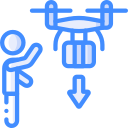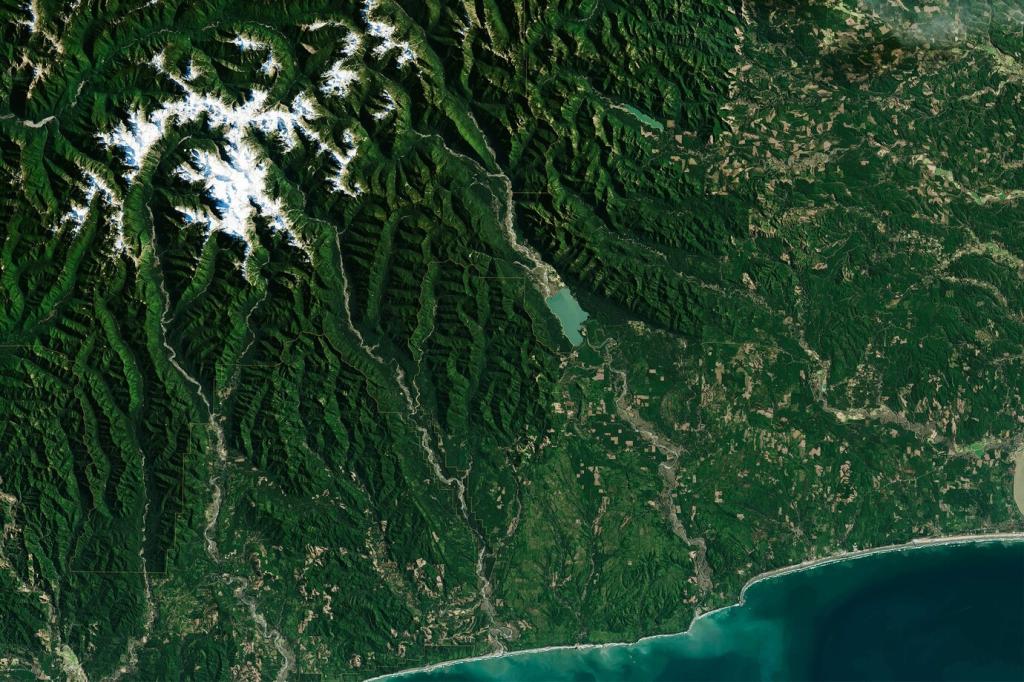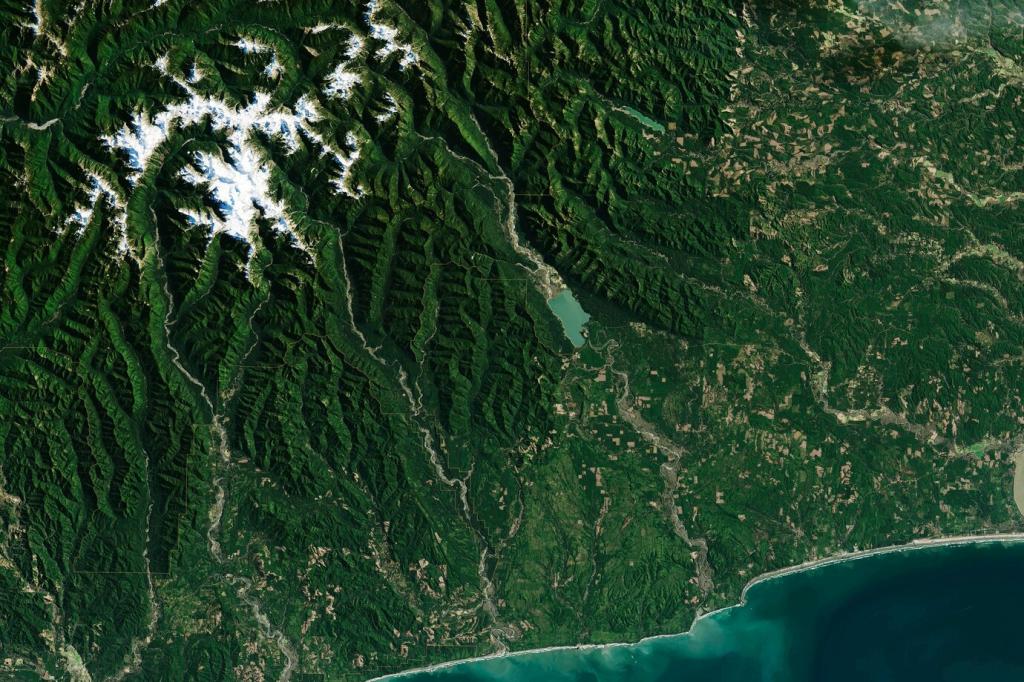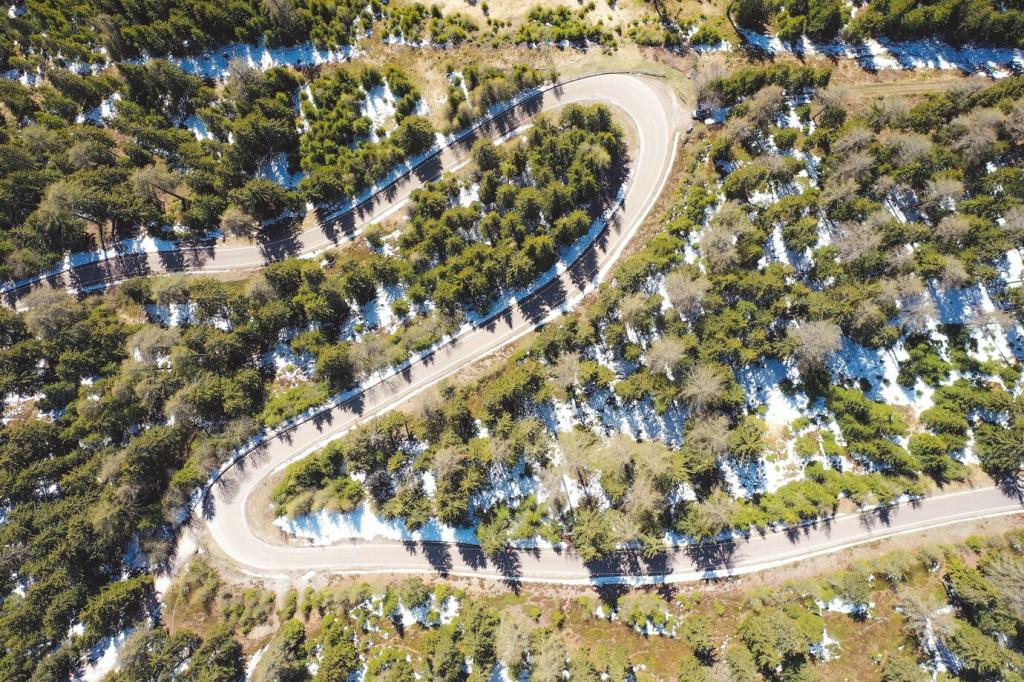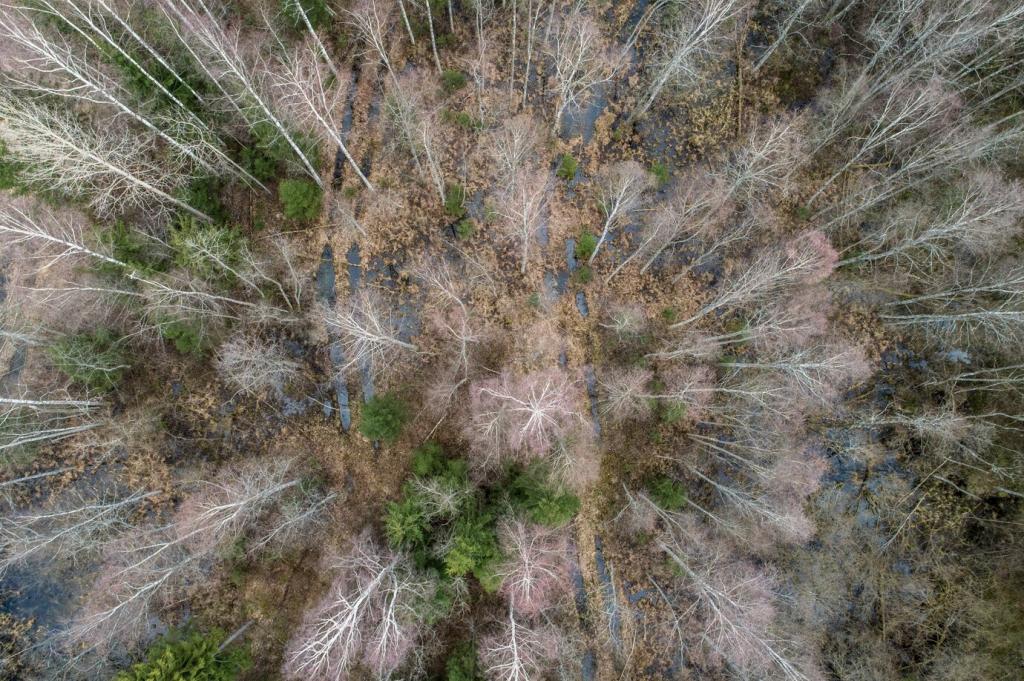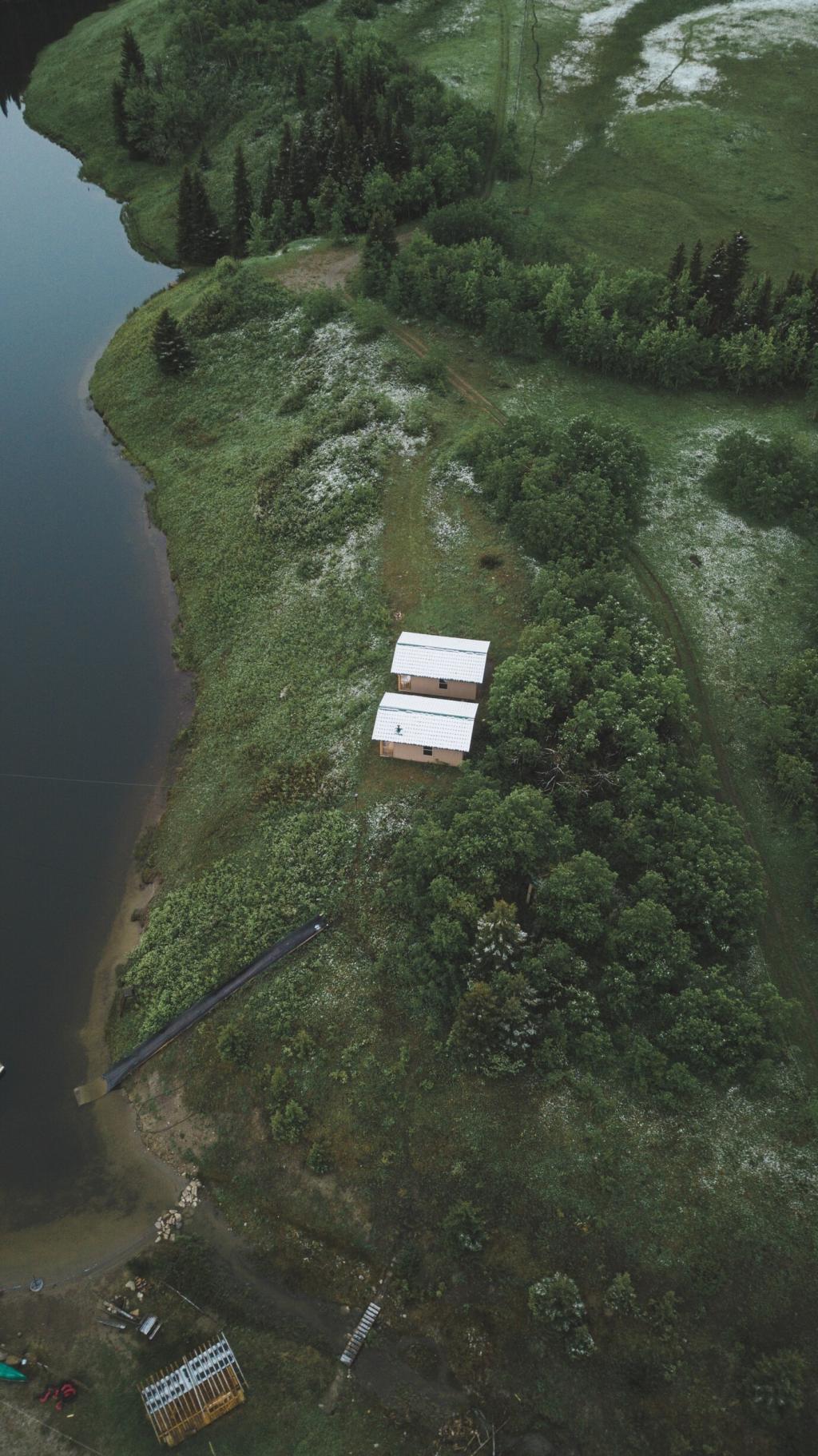Safety and Cost Efficiency
Heat, steep slopes, crocodile rivers, and falling branches are no longer constant threats when teams pilot from shade or vehicles, keeping expertise safe without sacrificing situational awareness.
Safety and Cost Efficiency
Replacing helicopter hours with battery power slashes fuel, maintenance, and insurance, while producing imagery so detailed that managers rarely request follow-up flights by crewed aircraft.
Safety and Cost Efficiency
Compact cases and foldable frames simplify logistics, allowing small teams to reach remote cliffs, river deltas, and forest canopies without convoys, runways, or specialized heavy lifting gear.
